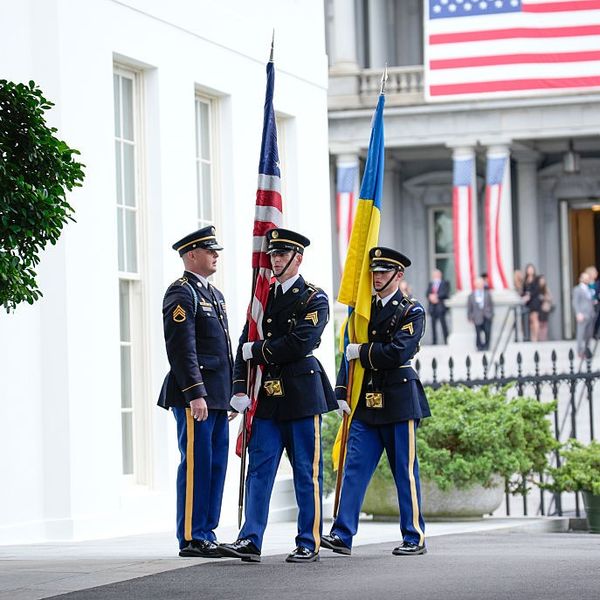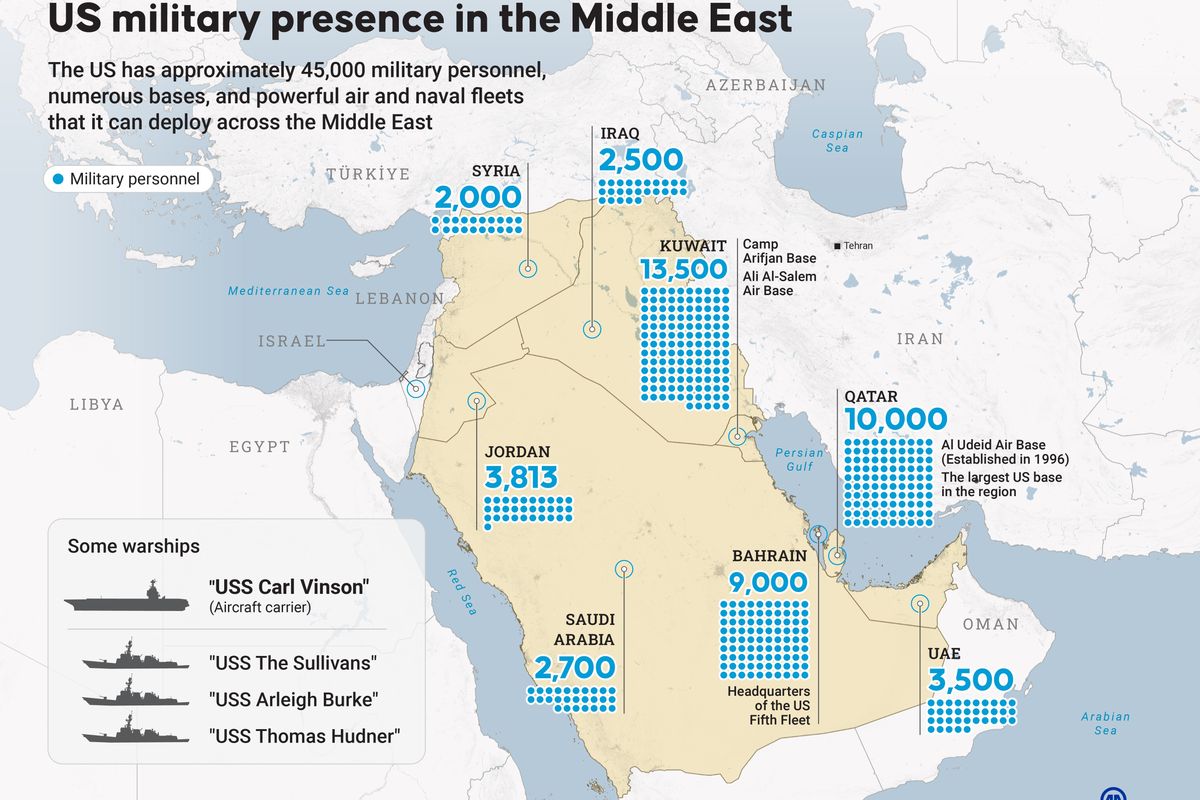OPINION — “We can’t blow past racial tension in the military…There have always been racial tensions in the military. They have lessened, but they are still there."
That was U.S. District Judge Richard N. Bennett on December 14, during a hearing over which he presided in Federal District Court in Baltimore, Md., where Students for Fair Admissions, the group that successfully challenged the use of race and ethnicity for admission consideration to Harvard, was trying to halt using race when the U.S. Naval Academy was considering candidates for acceptance.
As part of Chief Justice John Roberts’ Supreme Court decision in the Harvard case, there was a footnote in which Roberts said there were “race-based admissions programs [that] further compelling interests at our nation’s military academies…This opinion also does not address the issue, in light of the potentially distinct interests that military academies may present.”
In fact, the military academies openly use race in selecting candidates for their classes, the same way they carry on diversity programs within the services, so that the military reflects the diversity of the nation it serves and in which every member is treated with dignity and respect.
Judge Bennett, who has served over 20 years in the Army Reserve and reached the rank of major, in an opinion released December 20, ruled temporarily against halting the Naval Academy’s use of race in the current selection of the next freshman class at Annapolis. Bennett made clear he was only ruling on the immediate injunction and not on the merits of the case.
It's not just for the President anymore. Cipher Brief Subscriber+Members have access to their own Open Source Daily Brief, keeping you up to date on global events impacting national security. It pays to be a Subscriber+Member.
Last Wednesday, January 3, in the Southern District of New York where Students for Fair Admissions has brought a similar action against the U.S. Military Academy at West Point, U.S. District Judge Philip Halpern also ruled against a preliminary injunction, saying, “The Court cannot enjoin West Point’s use of race in admissions without a full understanding, informed by a complete factual predicate, as to what exactly are the compelling interests asserted, to whom those compelling interests belong, and how in this specific case, they are or are not, narrowly tailored to achieve those interests.”
The two opinions all but guarantee there will be future trials in which the military services will have to prove that their use of race in the admissions processes for their academies is narrowly tailored, to further a compelling government interest.
In fact, Bennett’s December 20 opinion said, “This case [involving the Naval Academy] shall be set for a bench trial commencing within the next nine months on September 9, 2024.”
When the Supreme Court Harvard decision came out on June 29, 2023, Edward Blum, the founder and president of Students for Fair Admissions, predicted his organization would move against the military academies, saying as much in a press release, that the group would “initiate litigation should universities defiantly flout this clear ruling.”
By the first week in August, Students for Fair Admissions had put up a new website, WestPointNotFair.org, “soliciting potential plaintiffs who were rejected for admission by the academies,” according to Military.com.
The website’s headline reads, “Tell Us Your Story: Were you rejected or planning to apply?” followed by “Were you rejected from West Point? Or the Naval Academy or the Air Force Academy? It may be because you’re the wrong race…Gaining admission to West Point is tough…But West Point, as well as the Naval Academy and the Air Force Academy, uses an applicant’s race and ethnicity as a factor in admissions. That’s unfair and unconstitutional. We are committed to ending these practices at America’s military service academies.”
Such recruiting of plaintiffs for a lawsuit is not unusual and in these cases the attempt was successful. According to filings in the Baltimore and New York cases, Students for Fair Admissions found as plaintiffs two persons who “previously applied to the Naval Academy after securing nominations from members of Congress and were subsequently rejected,” and two white, male, high school students looking to apply to West Point in the coming years.
The oral arguments before Judges Bennett and Halpern and their subsequent opinions pretty well outline arguments that will take place in the future trials.
The Naval Academy said it may consider race and ethnicity in four situations:
When offering a so-called Letter of Assurance (LOA); which are conditional offers of admission to highly qualified candidates who must still pass physical fitness standards, become medically qualified, receive a nomination, and complete any remaining requirements for admission.
When deciding between two candidates with very close computer-generated scores known as the “Whole Person Multiple” which is based on a candidate's records.
When extending Superintendent nominations, although none based on race have been made since 2009.
When extending offers to additional appointees to fill nomination vacancies in an incoming class.
The Naval Academy asserted in the Baltimore case that it uses race and ethnicity in these four limited circumstances “only to further the military's distinct operational interest in developing a diverse officer corps that enables the military to meet its critical national security mission by enhancing cohesion and readiness, assisting recruitment and retention, and ensuring domestic and international legitimacy.”
Subscriber+Members have a higher level of access to Cipher Brief Expert Perspectives and get exclusive access to The Dead Drop, the best national security gossip publication, if we do say so ourselves. Find out what you’re missing. Upgrade your access to Subscriber+ now.
In the New York case, West Point asserted that it uses race and ethnicity “only to further the military’s distinct operational interest in developing a diverse officer corps to ultimately ensure that the military can meet its critical national security mission.”
Students for Fair Admissions pointed out in the Naval Academy case that after Harvard, the Supreme Court's precedents identify “only two compelling interests that permit resort to race-based government action”: “remediating specific, identified instances of past discrimination that violated the Constitution or a statute.”
However, Judge Bennett in his opinion noted, “[C]ourts traditionally have been reluctant to intrude upon the authority of the Executive in military and national security affairs.”
Earlier, during oral arguments on October 14, Judge Bennett, having referred to his own military service, criticized the use of the Harvard case, saying that the leaders of Harvard “are not leading people into combat. They’re not leading people into death situations.”
The Justice Department, in court papers filed in the West Point case, defended the academy’s consideration of race by noting that while Black people make up 20.2% of the Army's active duty enlisted personnel, only 11% of officers are Black. And while Hispanics constitute 18% of active Army personnel, only 9% of officer corps are Hispanic, the department said.
On the other hand, White people make up 51.7% of the Army active duty enlisted personnel and 68% of its officers, the Justice Department said.
In papers filed by Justice in the Naval Academy case, Blacks make up 17.5% of the Navy sailors and 10.5% of Marines, but only 8.3% of Navy officers and 5.9% of Marine officers. In contrast, Whites make up 62.8% of Navy sailors and 75.5% of its officers. In the Marine Corps, Whites comprise 56.5% of Marines, but 81.4% of officers, the Justice Department said.
In papers filed September 19, 2023, in the West Point case, Students for Fair Admissions claimed “racial preferences are supposedly necessary balance between the enlisted corps – an all-volunteer force – and the officer corps.” The paper claimed, “This new goal is tantamount to a declaration that West Point will never stop using race in admissions, since the percentage of soldiers from certain racial categories who voluntarily enlist in the Army will dictate West Point’s racial targets.”
The Students for Fair Admissions also say West Point “claims that statistical parity between racial demographics of the officer corps and those of the enlisted corps is necessary to ‘foster trust between the enlisted corps and its leaders.’” The paper says West Point has never provided evidence to support that assertion and adds: “This argument relies on crude and infantilizing stereotypes about the men and women who volunteer to serve in our armed forces, and it defies common sense.”
West Point’s brief, according to Judge Halpern’s opinion, contends that diversity in the officer corps is vital to national security because it “fosters cohesion and lethality; aids in recruitment of talent; increases retention; and bolsters the Army’s legitimacy in the eyes of the nation and the world.” A Defense Department official cited other reasons as did a former West Point Director of Admissions.
In the end, Judge Halpern said, “A full factual record is vital to answering this critical question whether the use of race in the admissions process at West Point furthers compelling governmental interests and whether the government’s use of race is narrowly tailored to achieve that interest.”
Whether the West Point and Naval Academy trials will be merged is another legal issue to be settled.
One more point is worth adding since it has some impact on racial and ethnic makeup. I looked at a website showing the Class Portrait of the Naval Academy Class of 2023. It showed the following breakdown: Whites numbered 696; Hispanics 141; African American 85; and Asian American 94.
But it also showed a new category, individuals of Multiple Races which numbered 136. The Portrait also indicated within the Multiple Races category, 43 were part African American, boosting that group to 128; and 94 were part Asian American boosting that group to 188.
How will the appearance of Multi-Race candidates affect any settlement of the military academies use of race in admissions issue?
The Cipher Brief is committed to publishing a range of perspectives on national security issues submitted by deeply experienced national security professionals.
Opinions expressed are those of the author and do not represent the views or opinions of The Cipher Brief.
Have a perspective to share based on your experience in the national security field? Send it to Editor@thecipherbrief.com for publication consideration.
Read more expert-driven national security insights, perspective and analysis in The Cipher Brief













